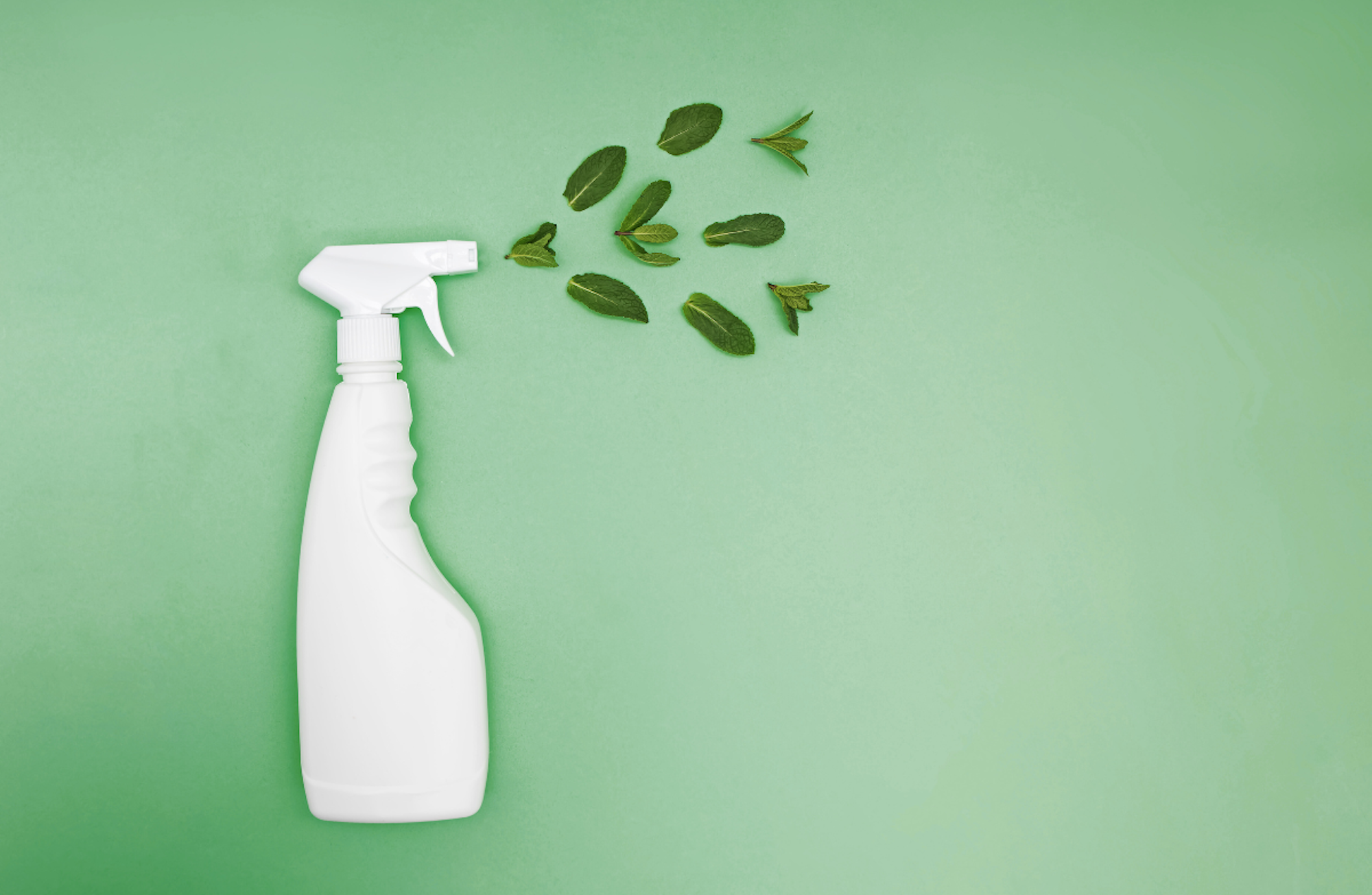
Top 3 Challenges of Going Green in the Cleaning Industry
- 3 min read
- Castle
In today’s environmentally conscious world, the push toward green cleaning is stronger than ever. As public awareness grows around the dangers of traditional chemical-based cleaners, businesses are expected to prioritize sustainability—not just for the planet, but for the health and well-being of their employees and clients. Yet, making the shift from conventional cleaning products to green alternatives isn’t always straightforward.
Here are the top 3 challenges of going green in the cleaning industry—and how companies can overcome them:
1. Replacing Toxic and Unsustainable Commercial Cleaning Products
Many commercial cleaning products contain harmful chemicals that pose risks to both human health and the environment. These products can cause respiratory problems, skin irritation, and other health issues for cleaning staff, who are exposed to them daily. They also contribute to indoor air pollution and can damage aquatic ecosystems when washed down the drain.
Green cleaning products offer a safer, more sustainable alternative. They reduce the risk of chemical burns, respiratory issues, and environmental harm. But if the benefits are so clear, why hasn’t the entire industry made the switch?
2. The Knowledge Gap and Misconceptions About Green Products
One of the biggest barriers to adopting green cleaning practices is a lack of knowledge. Many facilities managers and cleaning staff are unaware of just how harmful traditional cleaners can be—or how advanced and effective today’s green alternatives are.
There’s also a widespread misunderstanding about efficacy. Some people still believe that if a cleaner doesn’t have a strong chemical smell, it’s not working. In reality, harsh scents are often added fragrances, not indicators of effectiveness—and are frequently harmful in themselves.
In some cases, cleaning staff may have had poor experiences with early green products, which were less effective than today’s options. That impression can linger and lead to skepticism.
Finally, there’s a natural resistance to change. Staff who are accustomed to traditional cleaning products may be hesitant to adopt new methods. Learning new systems, adapting to new products, and overcoming fears of customer complaints can make the transition feel more complicated than it is.
3. Costs and Operational Adjustments
Green cleaning often comes with an initial cost increase. Eco-friendly products can be more expensive due to their safer ingredients and ethical sourcing. For companies operating on tight budgets, especially in competitive markets, this can be a major hurdle.
Additionally, operational changes are necessary. Transitioning to green practices often involves training staff, updating cleaning protocols, and sometimes purchasing new equipment. The time and resources needed for this can seem daunting to already busy teams.
But with proper training and a clear commitment to sustainability, these adjustments become more manageable—and can lead to long-term savings through improved health outcomes, lower workers’ comp claims, and better client satisfaction.
Going green in the cleaning industry is not without its challenges—but it is essential. From protecting employee health to reducing environmental impact, the benefits far outweigh the difficulties. As the industry evolves, those who lead the way in sustainability will not only do good but stand out in a crowded market.
Partner with Castle (EU), and Reap the Benefits
Castle (EU) is dedicated to simplifying your life. Our commitment to sustainability, comprehensive staff training, and efficient product supply facilities all aim to save you time, cut your expenses, and elevate the quality of service you offer to your clients.
Whether you’re just starting out in the cleaning industry or striving to advance your business, we’re your partners in progress, ready to assist, innovate, and motivate. Contact our friendly team today for further details on how we can meet your specific requirements.